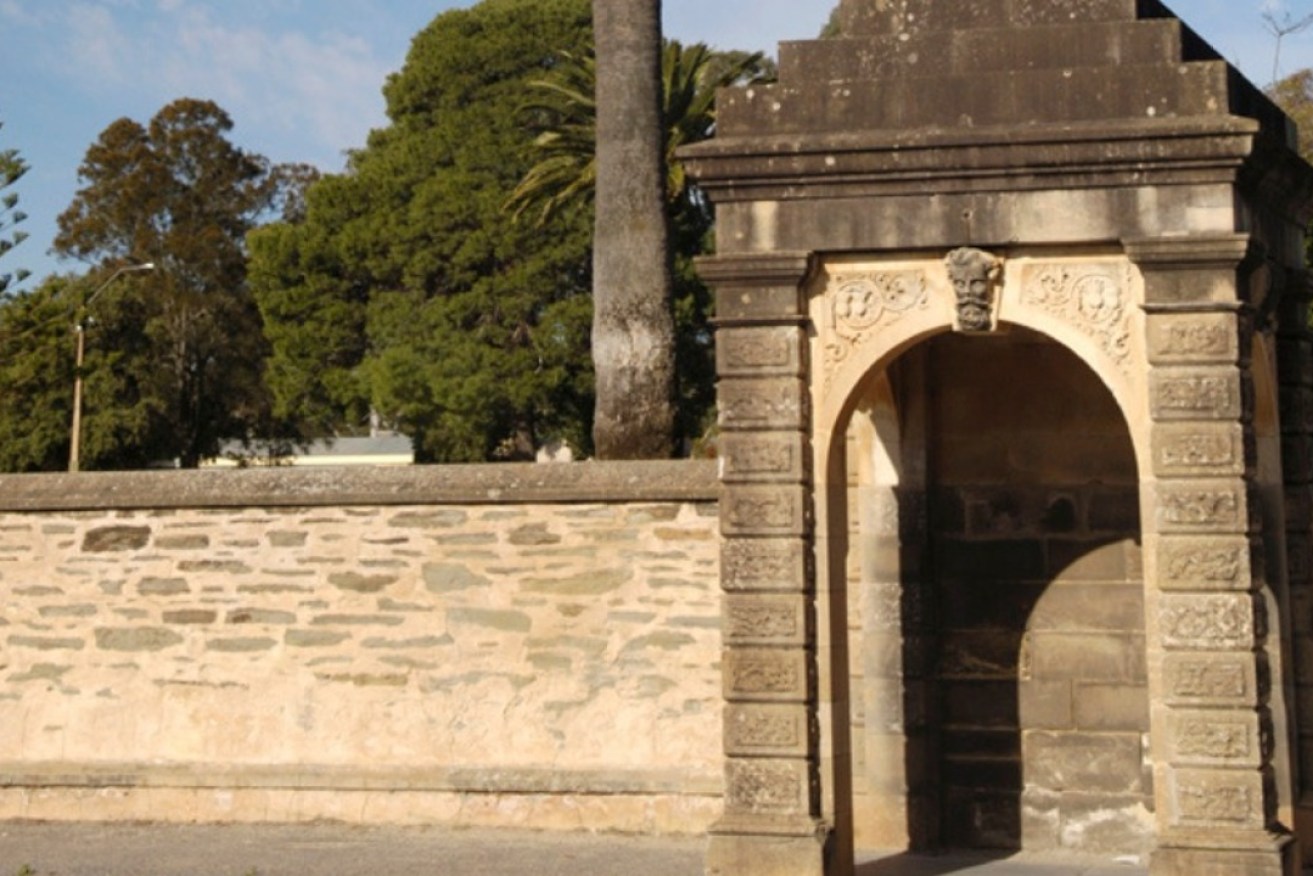Burial site near Gawler restoration may offer clues to early colonists
Gawler Council has employed a forensic anthropologist in case any human remains from an old cemetery are found during the planned stabilisation of its Pioneer Park Heritage Wall.

Pioneer Park Heritage Wall.
The area around the wall was used as a cemetery from 1847 to 1870 but Gawler Mayor Karen Redman said there are no records of burials.
“Unfortunately, council does not have any historical documents that map where individual graves were at the cemetery, so it is not possible to identify those buried in any of the gravesites,” she said.
“The scope of the restoration works is not yet known, but council is seeking to have the works done, while working to ensure the historical site and graves are treated with the utmost respect into the future.”
The plan is to dig a shallow investigation trench to locate the whereabouts of past burials by assessing previously disturbed ground.
The presence of one known 19th-century burial on the proposed excavation grounds means that the work has required a Section 27 permit from Heritage SA and supervision from a forensic anthropologist.
The council has employed Wood Jones Professor of Anthropological and Comparative Anatomy Maciej Henneberg from the University of Adelaide to oversee excavations.
“Whilst it is unfortunate that further excavation works are necessary, this is a rare opportunity for academic teams to increase their knowledge of the early townspeople of Gawler, as only two or three cemeteries of this era have been excavated previously across Australia,” Henneberg said.
Henneberg said there is a chance plant roots and earlier groundwork may have damaged the bones, which may bring about problems locating the full remains.
“There can sometimes be difficulties locating the burials and then excavating them so as to obtain the maximum information about the deceased,” he said.
“These difficulties can be caused by the soil, plant roots that dissolve bones, and, possibly, earlier earthworks that can disturb burials.”
He added that the council will need to take into consideration the family members of those who will be dug up from the site.
“The council needs to deal with feelings of family members of people whose remains will be disturbed by the excavation so that families are not aggravated by the handling of skeletal remains of their ancestors,” he said.
“This includes proper re-burial at the end of the project and confidentiality of any sensitive information that may come to light during the examinations of burials and skeletal remains.”
The University of Adelaide team will estimate the sex and age at death of each person discovered on the site, observe any signs of pathologies, as well as take samples for chemical analyses of stable isotopes and ancient DNA.




